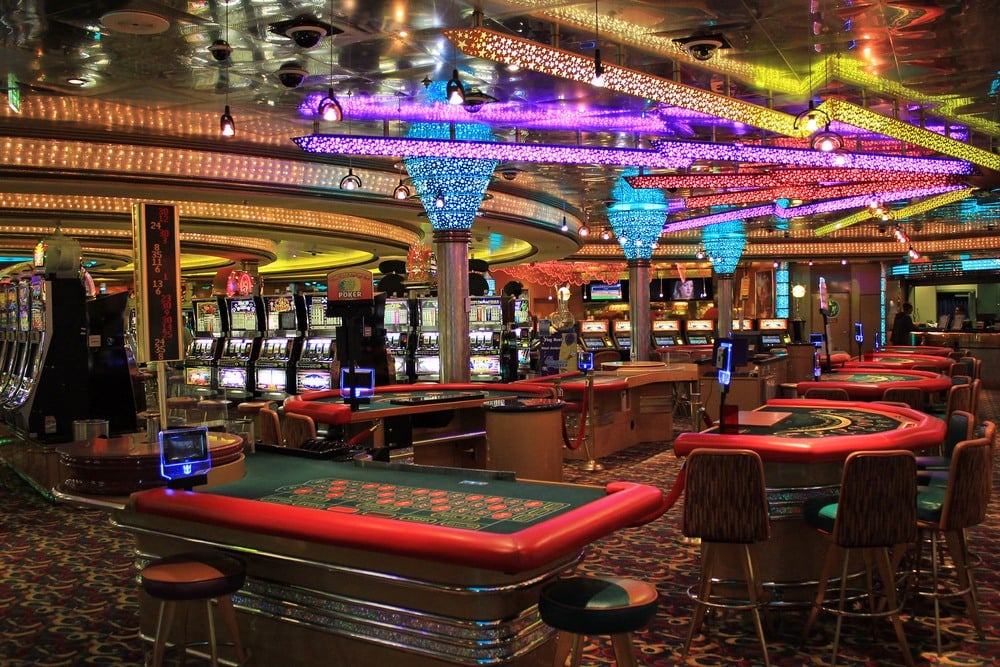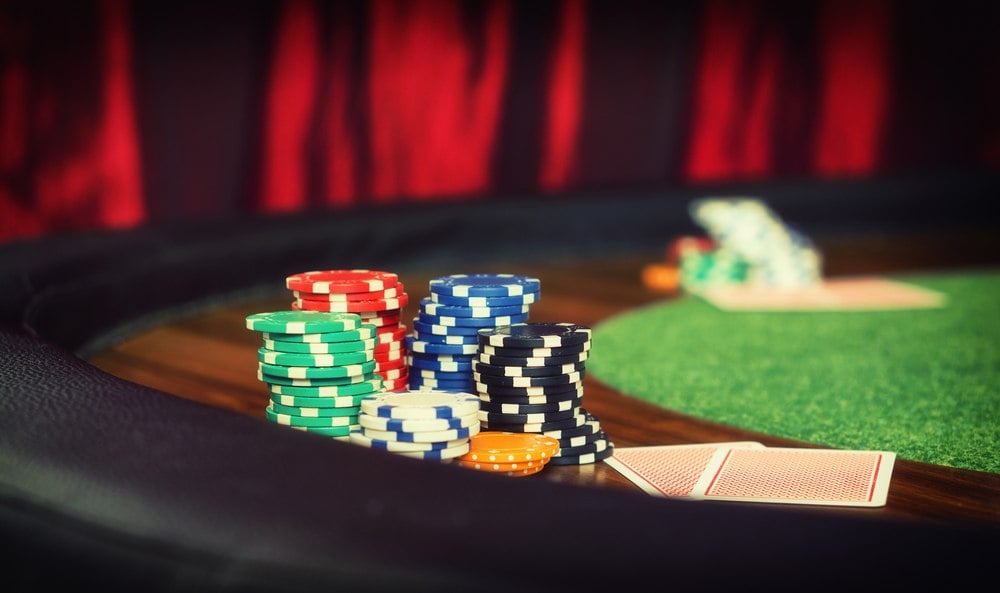Understanding Poker Rake: How Casinos Profit from Poker Games

What You Need to Know About Poker Rake
Poker stands out among casino games because players compete directly against each other rather than the house. Consequently, there’s no built-in house edge like you’d find in slots or roulette. So, how do casinos ensure they profit from poker? The answer lies in the “rake”-a fee that poker rooms collect from each pot or entry, ensuring the casino maintains a profitable operation.
In this comprehensive guide, you'll learn:
- The definition of rake and its crucial role in the casino’s business model
- The various ways rake is collected, including pot percentages, fixed charges, club membership dues, and other methods
- How rake affects player profitability and decision-making at the tables
- Legal issues related to rake in both licensed and private or home games
- Common industry practices and how poker rooms balance keeping rake reasonable with maximizing profits

How the Rake System Operates in Poker
The concept of rake is simple: it’s a portion of each pot that the casino (or online platform) takes as payment for hosting the game. This fee covers operating costs such as dealer salaries, utilities, player amenities, and even promotions for online sites.
In physical casinos, the dealer manages the pot and separates the rake by placing chips into a locked drop box attached to the table after each hand. In online poker, the software automatically deducts the appropriate amount from the pot. For tournaments, a slice of each entry fee also serves as the rake, funding the operational costs and prizes.
Common Methods Casinos Use to Collect Rake
Poker rooms utilize several methods to determine how and when rake is collected, varying by location, game type, and local regulations. Here are the principal forms:
- Percentage of Pot (Pot Rake): The house may take a fixed percentage (typically 2.5% to 10%) from each pot, up to a predetermined maximum (often $4 to $5). Higher rake percentages reduce player profits, so most rooms institute a cap. Some venues use the “no flop, no drop” rule, only collecting if the hand reaches the flop.
- Flat-Fee (Fixed Rake): A designated chip amount is collected from every pot, regardless of size.
- Dead Drop: The player in the dealer/button position pays a fixed fee each hand, regardless of pot outcome.
- Hourly Charge (Time Collection): Often used in higher-stakes games, a set fee is charged per player for each hour of play.
- Membership or Seat Fees: Certain clubs, especially those operating in legally unique jurisdictions, may require players to pay periodic membership dues or seat fees. This system is prevalent in some regions such as Texas.
- Tournament Fees: Tournament buy-ins are often split, for example, $100 + $10 means $100 enters the prize pool; the extra $10 is the tournament rake, covering hosting expenses.

The Effect of Rake on Player Profits and Poker Strategy
Rake is more than just a minor deduction-it significantly shapes which games are profitable and how players should approach the table. Since rake is collected each hand or via other fees, players must not only outperform their opponents but also consistently overcome the cumulative effects of the rake to make a profit.
Key factors to consider:
- Higher rake games require players to adjust their strategies by playing tighter, as more hands mean greater cumulative rake payments.
- Short-handed tables lead to increased rake per player since everyone sees more action.
- Games and rooms with lower rake let players see more hands and take more risks without being squeezed by costs.
- In limit games (where raises are capped), the proportion of each pot taken as rake is higher compared to no-limit games, so the impact can be greater.
Choosing the Right Poker Game Based on Rake
The amount of rake at a table can dramatically affect your long-term results. Players should seek out games and poker rooms that offer favorable rake structures, particularly in regions with competition (such as Las Vegas), where casinos may keep rake low to attract players. Online poker often features lower rake and smaller stakes compared to live games, making it more inviting for newcomers or budget-conscious players.
Adapting Your Tactics to Combat the Rake
To boost your long-term success, it’s wise to factor in how the rake eats into your winnings. Here are some practical approaches:
- Limit your starting hands. Avoid being too loose, as playing more hands increases the amount of rake you’ll pay, but don’t become overly tight, since you'll have fewer opportunities to win large pots.
- Maximize value from strong hands. Larger pots dilute the percentage effect of the rake on winnings.
- Stay aggressive, especially in short-handed games, to ensure that when you do pay the rake, you’re taking down the pots.
- Recognize the extra impact of rake in fixed-limit games and adjust accordingly.

Additional Player Costs: Tipping and Membership Fees
Tipping is a long-standing tradition in live poker. Many players reward dealers with a chip or two after winning a significant pot. While these gratuities are voluntary, they add up over time and cut into your profits in a way similar to the rake. This practice is common in both cash games and tournaments.
Online poker avoids the issue of tipping but may offer lower rake or entry fees overall. Clubs operating in certain U.S. states replace standard table rake with membership fees or seat charges, but these costs still impact the bottom line and function like a rake in disguising the fee structure.
Understanding Rakeback Programs
Some poker rooms-most notably online sites-offer "rakeback" programs, returning a portion of paid rake to players as a loyalty reward. This mechanism incentivizes long-term play, especially for high-volume or high-stakes players. While the percentage varies, rakeback can help offset the overall cost of regular play, making certain games more appealing.
Legal Perspectives: Rake and Compliance
The legality of collecting rake varies widely depending on the location. Licensed casinos and poker rooms are allowed to collect rake and are subject to government oversight, taxation, and compliance. Private games that take a rake without proper authorization, however, often violate gambling laws and can result in legal action, including fines or raids on illegal operations.
Those hosting home poker games should thoroughly research local laws. Even club membership or seat fees can pose a legal risk if not handled in accordance with jurisdictions’ regulations.

Potential Pitfalls of Excessive Rake
Unregulated games sometimes impose excessive rakes, discouraging player participation and potentially violating local laws. Players often avoid games with high or unfair rake structures. Both land-based and online venues strive to maintain competitive and reasonable rake policies to retain a healthy base of active participants-since more action means greater total rake for the house.
Conclusion: The Role of Rake in Poker
Rake is the cornerstone of the casino’s profit model for poker, ensuring the sustainability of poker rooms and the broader industry. It infiltrates nearly every aspect of the game-cash play, tournaments, online platforms, and even social club models. While necessary for the operation of games, the size and structure of the rake play a pivotal role in shaping player strategies, profitability, and the ongoing health of the poker ecosystem.
Poker players should always be mindful of how much is being taken from each pot or game and account for this cost in evaluating which tables and tournaments to join. Ultimately, a keen awareness of rake-alongside solid skill-will help you maximize your returns and enjoy a successful poker experience.













